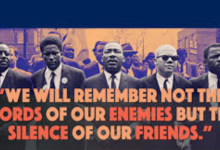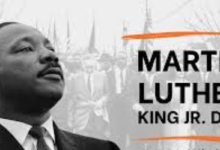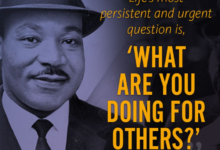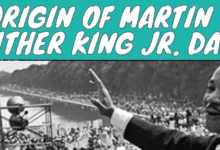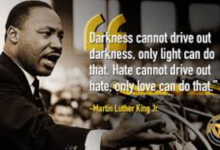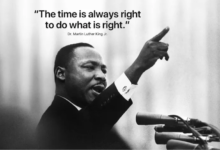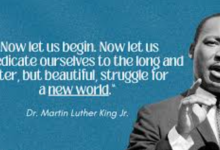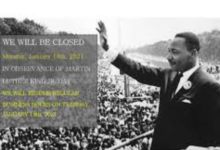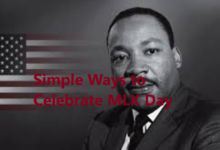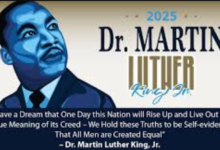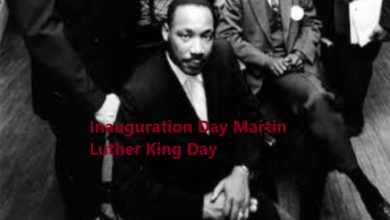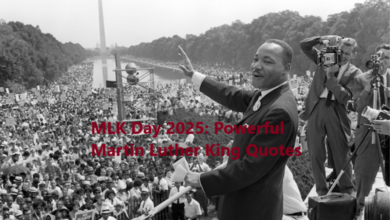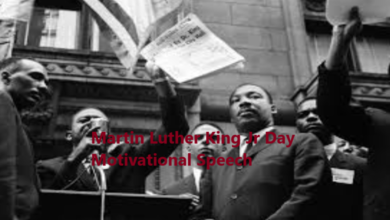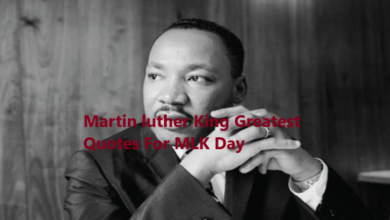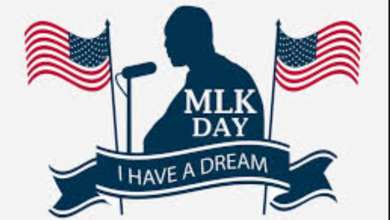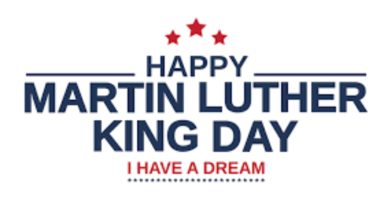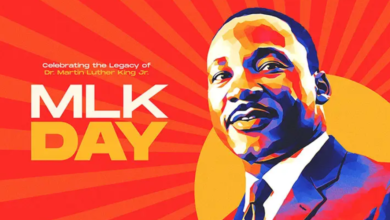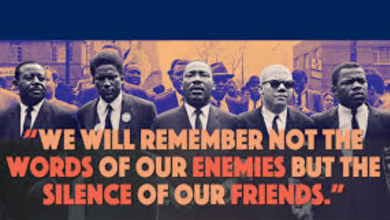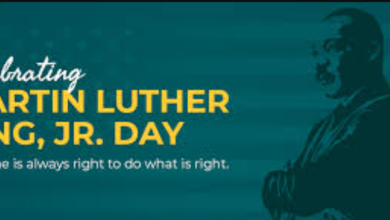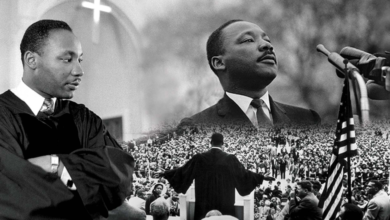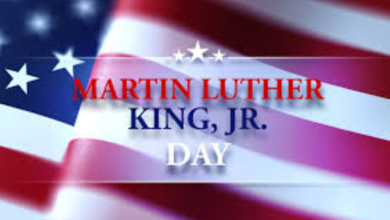Martin Luther King Jr Images 2025
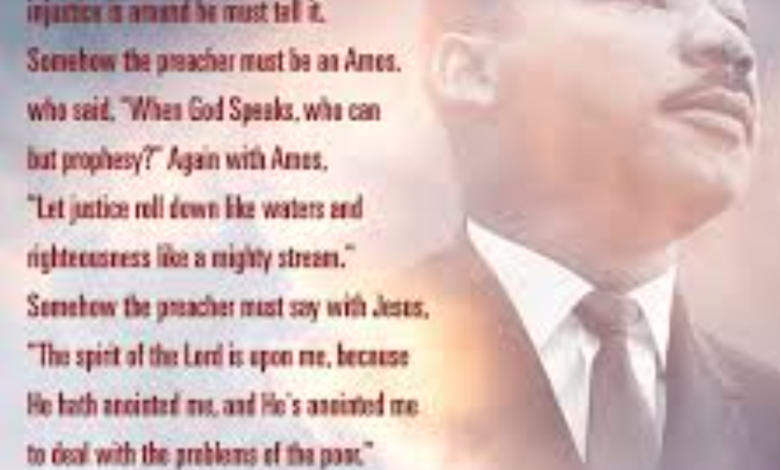
Images have a profound ability to transcend time, evoking emotions that words sometimes cannot fully express. When it comes to iconic figures in history, their photographs often tell a parallel narrative. One of the most enduring legacies of Dr. Martin Luther King Jr. is not just in his words or speeches but in the evocative images captured during his fight for civil rights.
As we approach 2025, these images take on even more significance. They serve as a reminder of a shared history, an ongoing mission, and a testament to the resilience of humanity. But beyond their historical importance, they also challenge us to reflect on the current state of equality and how far we’ve come—or still need to go.
This post dives into the iconic images of Dr. King, examining their historical and cultural significance, and what they will continue to teach us in 2025.
Capturing the Movement in a Frame
Images as Historical Guides
Dr. Martin Luther King Jr. was a master orator, social activist, and the face of America’s civil rights movement. However, many of us have come to know his life and mission equally through black-and-white photographs that have been immortalized in our collective memory.
For instance, the 1963 image of Dr. King delivering his “I Have a Dream” speech before a sea of protesters on the National Mall became synonymous with peaceful protest and the fight for racial equality. You can almost hear his powerful words when you look at the photograph.
Likewise, the photograph of Dr. King marching in Selma with linked arms alongside other activists carries as much weight today as it did over 50 years ago. It captures a watershed moment of unity in adversity, speaking louder than any caption beneath it.
These images tell us not only about the events but about the spirit of a movement driven by hope, strength, and an unshakable belief in justice.
The Role of Photographers
Behind many of these cherished photos were courageous photographers who risked their own safety to document the civil rights movement. Figures such as Charles Moore and Moneta Sleet Jr. were instrumental in providing the public with an unfiltered view of the struggle for equality.
Their images often faced censorship and criticism, yet they broke barriers, showing the ugliness of hate and the bravery of resilience. Without these photographers, much of the visual narrative of the civil rights movement would have been lost to time.
Why Martin Luther King Jr. Images Matter More Than Ever in 2025
A Bridge Between Generations
For younger generations, these images act as tangible bridges to a time they didn’t live through. They connect us to the past in a way that textbooks and documentaries can’t always replicate.
Looking at a photo of Dr. King being arrested for leading a protest or standing steadfastly in the face of opposition fills the viewer with an immediate sense of the stakes. It’s no longer abstract history—it’s reality.
Reflecting on Progress (or Lack Thereof)
2025 marks a crucial time to reflect on the progress we’ve made since Dr. King’s era. Has his dream of equality been realized? Are systemic barriers a relic of the past, or do they continue to plague marginalized communities?
These images don’t just belong to history books—they’re mirrors to the present. They compel us to question our role in achieving the justice and equality that Dr. King envisioned.
Symbols of Hope and Change
The power of Martin Luther King Jr.’s images lies in their ability to inspire hope. When the world feels fractured, looking back at these moments reminds us of the possibility of change, even in the face of impossible odds.
It’s not just about remembering the fight—it’s about seeing the bravery of ordinary people who stood for something extraordinary and recognizing that such bravery exists within us too.
How Martin Luther King Jr.’s Images Will Continue to Evolve
Artistic Interpretations and Digital Representations
With advancements in technology, the way we interact with historical photographs is evolving rapidly. By 2025, it is likely that many iconic photos of Dr. King will be reinterpreted through augmented reality (AR) exhibits and immersive digital storytelling.
Imagine viewing a photo of the Selma march and being surrounded by sounds, movement, and voices of that day. Such innovations could deepen our connection to these moments, making them even more tangible and impactful for modern audiences.
Social Media as a Preservation Tool
Social media has become a surprising ally in the preservation and proliferation of historical imagery. Platforms like Instagram and TikTok are making these photos accessible to millions who might never step foot in a museum or read an academic journal.
By turning moments of Dr. King’s life into viral posts on Martin Luther King Jr. Day, we ensure that his legacy continues to reach broader and younger audiences. Under hashtags like #MLKLegacy or #CarryTheDream, new generations can engage with images and connect them to modern struggles.
The Ethical Stewardship of Historical Imagery
Context and Respect Matter
While sharing Dr. King’s images digitally is an effective means of preserving his legacy, there’s also a responsibility to present them within the correct context. Without caution, these images risk being diluted, reappropriated, or misrepresented.
It’s essential that we present these photos alongside education about the events they depict and what they symbolize. The call to action is clear—never use these images for anything less than their intended purpose: sparking action, understanding, and equality.
Elevating Modern-Day Stories Through Visuals
While reflecting on Dr. King’s images, it’s important to remember the photographers, activists, and leaders continuing his work today. Their stories deserve to be visually documented for the future, offering tomorrow’s generations new icons of bravery and resilience.
